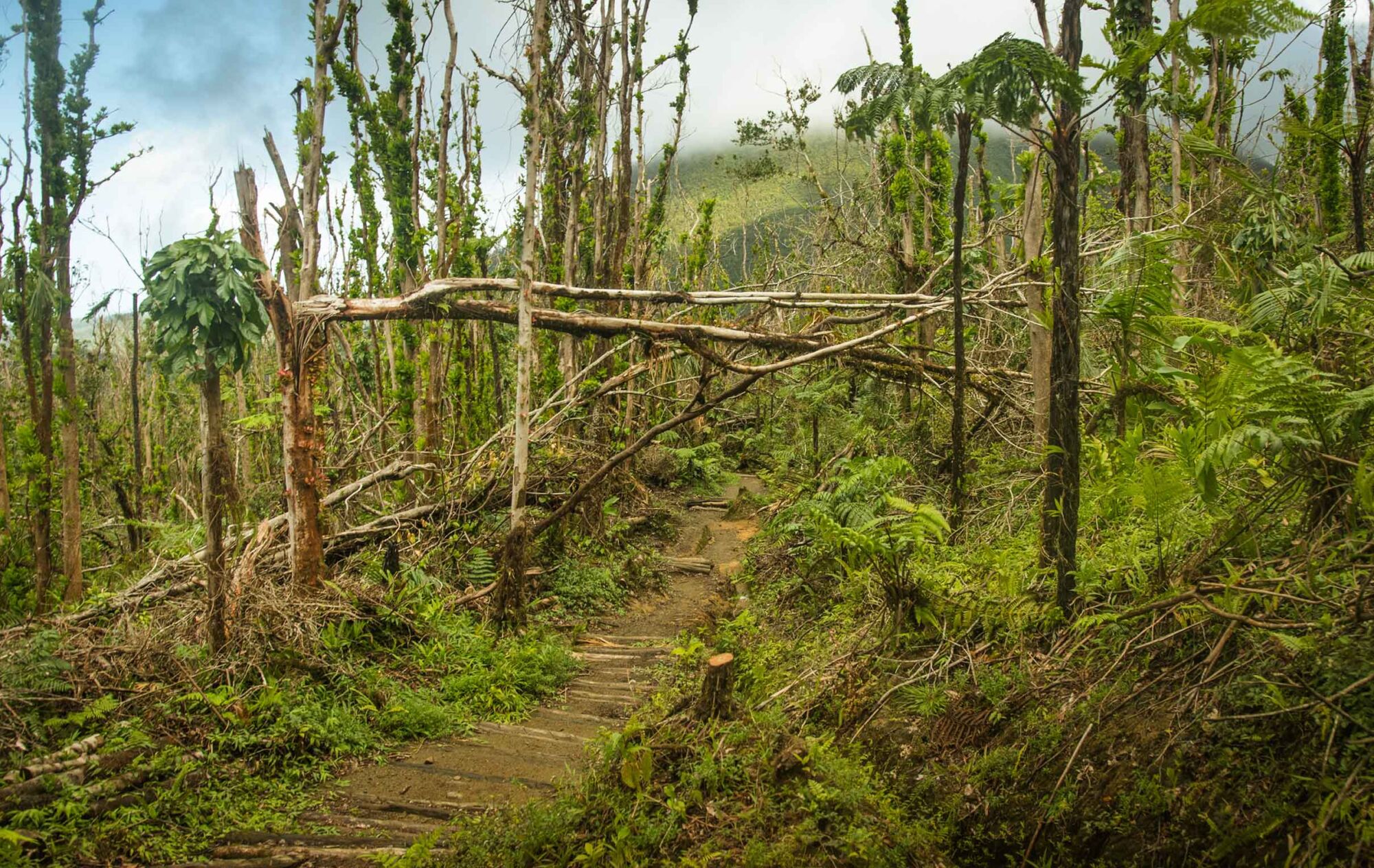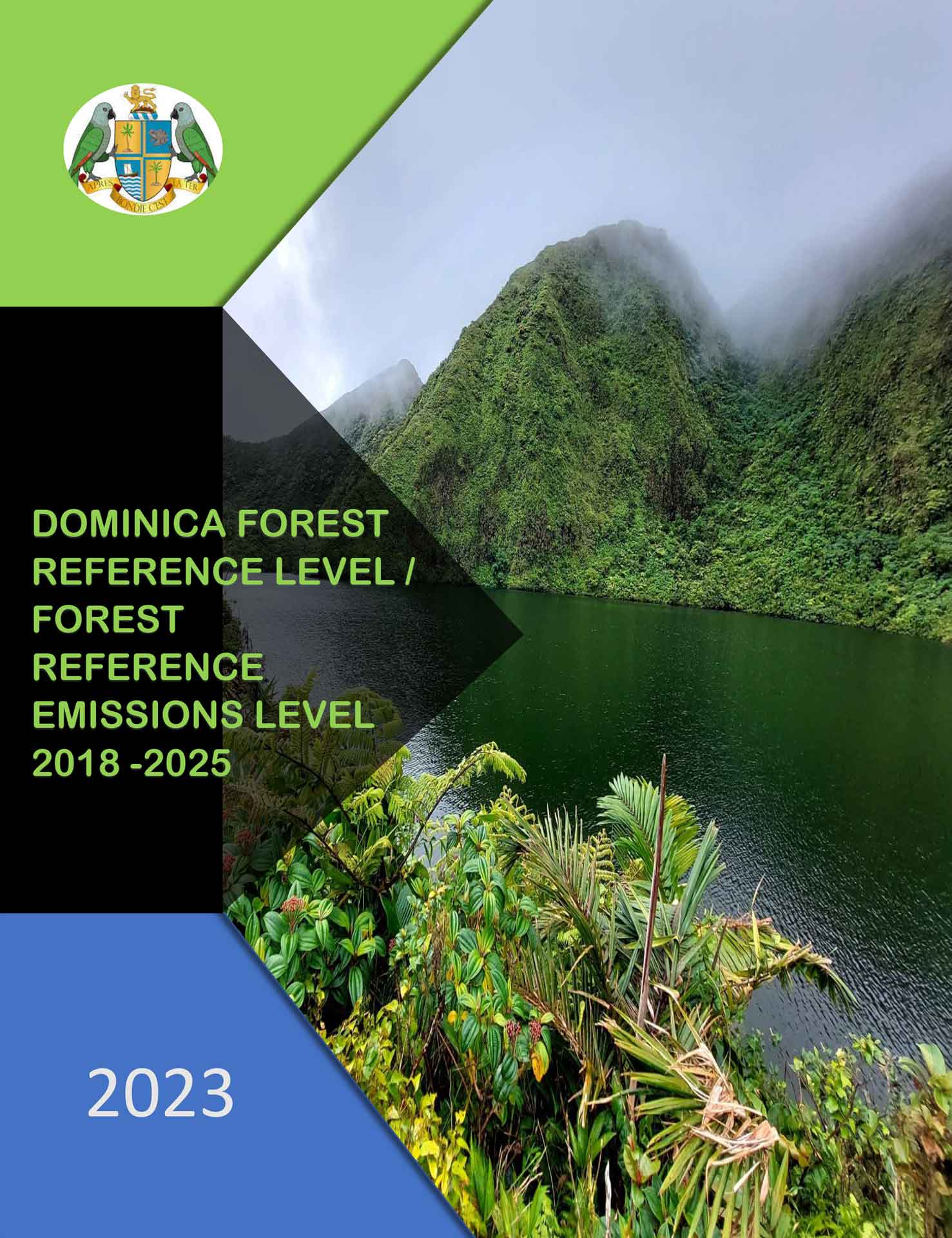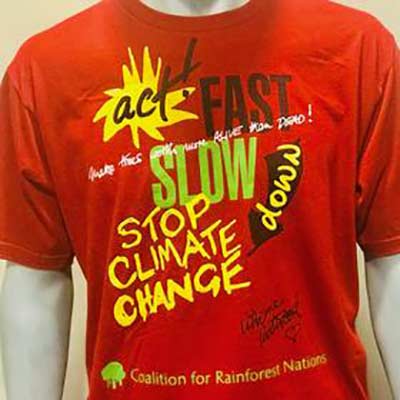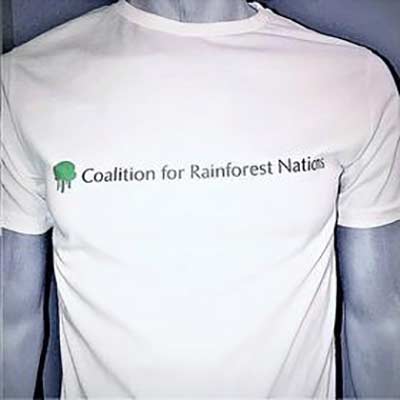
CfRN Team and Dominica Restore Forests Through REDD+
Dominica submitted its modified Forest Reference Level / Forest Reference Emissions Level for 2018-2025 this January, highlighting efforts to restore and rehabilitate forest lands after hurricane Maria in 2017.
Small Island Developing states (SIDS) such as Dominica are on the frontlines of the climate emergency and are among the most vulnerable to its adverse impacts. Reducing emissions from deforestation and forest degradation, sustainable management of the forest, enhancement of carbon stocks and conservation (REDD+) is a framework negotiated under the United Nations Framework Convention on Climate Change (UNFCCC) to reward developing nations for reversing deforestation. Dominica is participating in REDD+ as part of its national plan to build resilience in the face of challenges like tropical storms.
A FRL/FREL is an important step in Dominica’s REDD+ process. FRL/FRELs measure net emissions and removals of CO2 from a country’s forests, in tonnes of CO2 equivalent, which then serves as a baseline from which future removals of CO2 are measured. Those REDD+ results as they are called are then reported to the United Nations Framework Convention on Climate Change. With the permission of the country, REDD+ results can undergo a process to be sold as carbon credits. Their sale will bring revenue back to the country to fund its efforts.
Dominica submitted a proposed national forest reference level (FRL)/ forest reference emission level (FREL) in January 2022. According to UNFCCC guidelines it underwent a technical assessment. With the support and advice of experts from CfRN’s Reporting for Results-based REDD+(RRR+) team, Dominica provided a modified version of its submission in January 2023, which is available to the public found here.
Hurricane Maria
The document highlights that special consideration was taken to account for the effects of Hurricane Maria. In 2017, Dominica lost an astounding “85%-90% of its forest cover due to Hurricane Maria, and the remaining 10%-15% was somehow affected, leaving mostly the understory.” Since then, the filing states, its efforts have focused on restoring and rehabilitating the forest lands and ensuring they are not converted to other land uses, “to allow the expected natural and assisted regeneration of the forest.”
A Two-pound Frog
Under the REDD+ framework countries’ FRELs not only detail the technical specifications such as how the measurements were taken, but also hold interesting clues to the country’s national circumstances and biodiversity. For example, Dominica is one of the wettest islands in the Caribbean. More than 60% of it is covered in lush forest. Its fauna includes 179 species of birds, 55 species of butterflies, 20 species of crabs, 11 species of crayfish and shrimp, 3 species of amphibians, 17 species of reptiles (4 snakes), 18 mammal species, 11 stick insect species, and around 45 species of inland fish. It is home to the critically endangered frog known as the mountain chicken, the largest in the Caribbean, which can weigh up to two pounds. As its name suggests, it is a local delicacy, which may partially explain its disappearance.
Dominica’s FREL reveals its economy was once highly dependent on the cultivation of bananas, but is now a popular ecotourism destination, branding itself as “The Nature Island of Caribbean”. The climate emergency has pressured Dominica in numerous ways. As outlined, these include changes in water regime, decline in water quality, and sedimentation of riverbeds and reservoirs. The big factor, though, is storms. Situated in the hurricane belt, the island is highly susceptible to their destructive force. Dominica has had two Category 5 hurricanes: Hurricane David in 1979, and more recently Hurricane Maria in 2017, which was preceded by the deadly Tropical storm Erika in 2015. All brought humanitarian devastation and economic woe.
Participating in REDD+ sets Dominica on the road to accessing results-based payments that can help fund its transition to what its filing calls a “a carbon-neutral, green, climate-smart and climate-resilient nation.” In the filing, Dominica’s government expresses “deepest gratitude” for the work done by CfRN’s RRR+ team to prepare the filing. “Special mention must be made of Lead GHG and REDD+ expert Mrs. Milena Nino and her wonderful team for their dedicated guidance and persistent commitment over the last two plus years in working with our team in this undertaking. We couldn’t have asked for a better team of collaborators in this endeavor,” the government wrote.
The CfRN team looks forward to continuing their strong work with Domenica, the Nature Island of the Caribbean, through the REDD+ process.



